Podcast: Play in new window | Download

Joe Godfrey is an expert when it comes to analyzing engine data from aircraft engine monitoring systems.
Joe is the Director of Operations at SavvyAnalysis, as well as a Columnist and Editor for SavvyAviation News.
Not only does Joe analyze airplane engine data, but he also owns and flies his own airplane, a Bellanca Viking.

Perhaps you’ve heard of the “Puzzler” in the Savvy Aviation Newsletter, where some real-world airplane engine data is discussed in a way to help us understand how to “read” the data. These puzzlers are from actual problems encountered in real airplanes.
Listen to today’s episode to hear Joe’s thoughts on the value of engine monitors in airplanes, and how to interpret the data that’s collected.
Savvy Analysis is by far the BEST platform I’ve ever seen for analyzing engine data. You can open an account for free, and upload your data, and look at all the graphs and features for free. If you need help interpreting what you see, you can pay a small fee to have Joe and the other experts at Savvy analyze your data for you and help you understand what it means.
Click here to learn more about SavvyAnalysis.com
While you’re there, be sure to check out the new technology being launched by Savvy to help detect failing exhaust valves before they become an in-flight issue. It’s called FEVA, which stands for Failing Exhaust Valve Analytics.
Joe Godfrey is also a very interesting guy outside of aviation… he plays multiple types of guitars, and he’s had some pretty cool experiences in the music industry. Check it out at his personal website: JoeGodfrey.com
Finally, listen to today’s episode to find out why I’m now kicking myself for not collecting the engine data out of an airplane that had the engine come apart recently. Thankfully, the pilot was flying alone and landed safely. It would have been a great learning opportunity if I could have seen the data on a computer screen after the #2 connecting rod punched a hole through the crankcase and broke the left magneto right off the engine!
Next time I’ll be more proactive to collect the data… it would have been so easy.
The instructions for doing this, and so much more, are at SavvyAnalysis.com
One last fun thing: I also discovered Joe knows a lot about jingles and ring tones… I mentioned to him that I’d been wanting to have a ring tone set up on my iPhone so that “Brown Eyed Girl” would play when my wife Maria calls me (she actually is my brown eyed girl!). The very next day, he sent me a custom ringtone… thanks Joe!
You can contact Joe through Savvy Aviation or through his website JoeGodfrey.com
The post “144 – Joe Godfrey, Engine Data, and Savvy Analysis” first appeared on AirplaneOwnerMaintenance.com


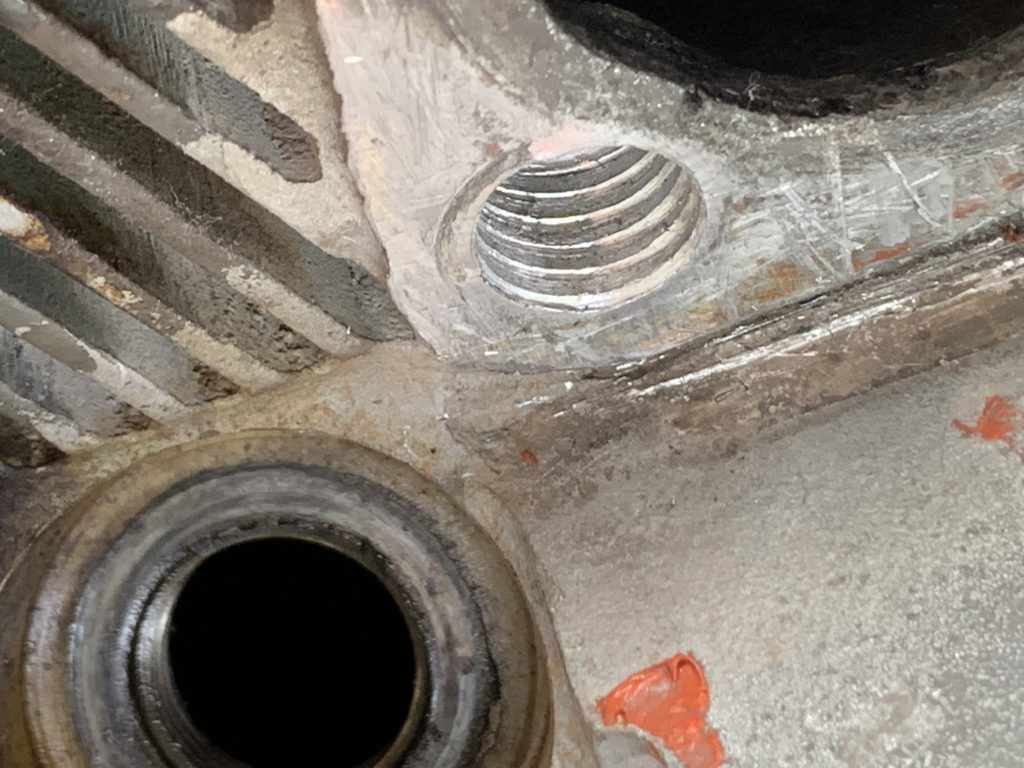
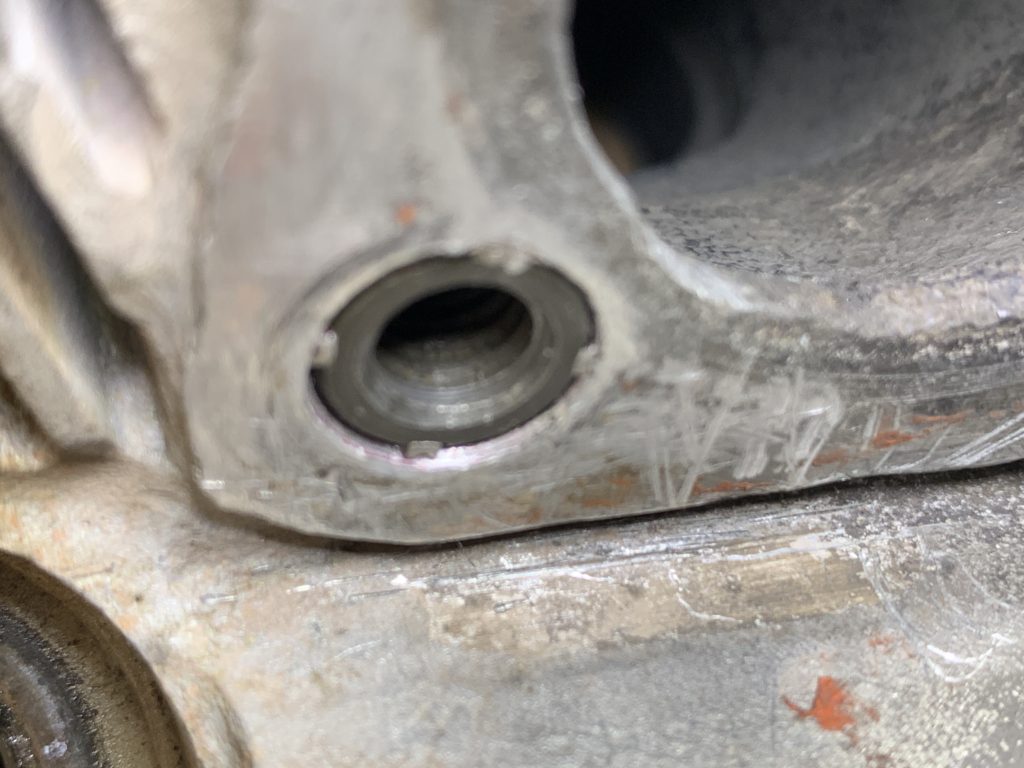
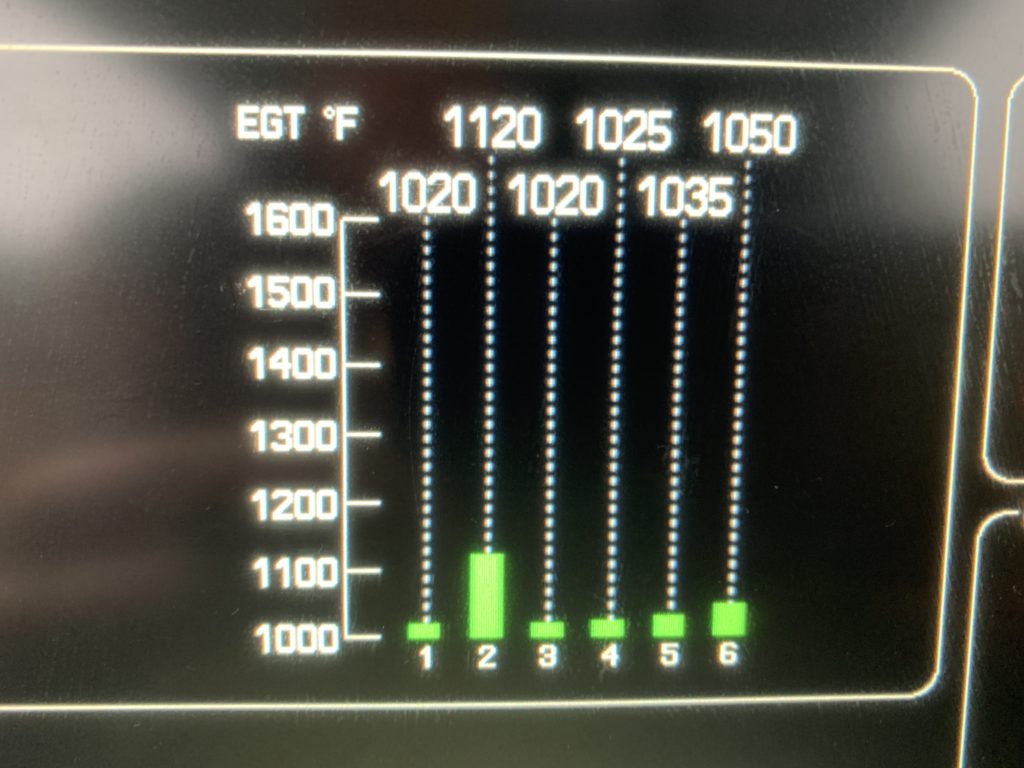
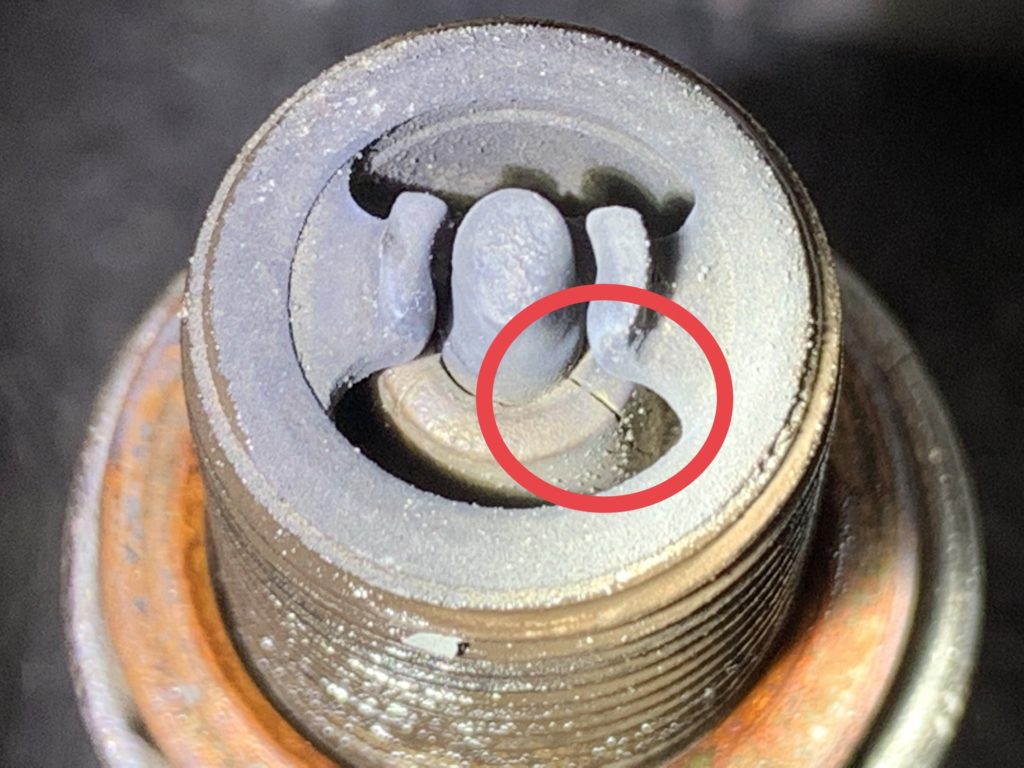

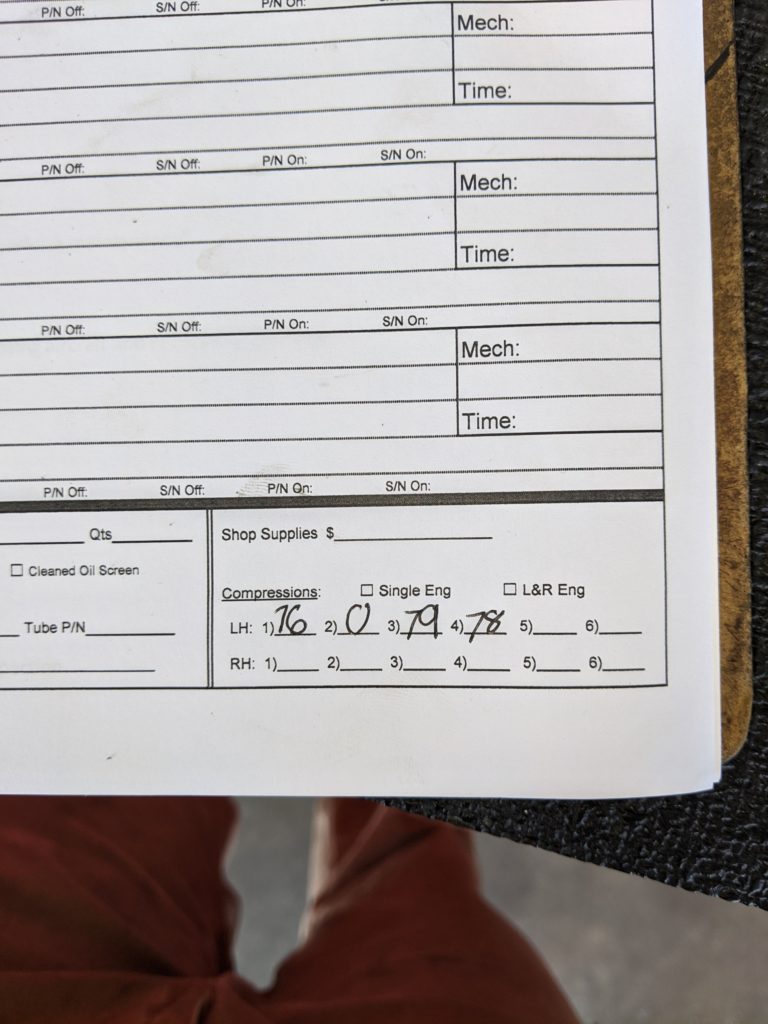


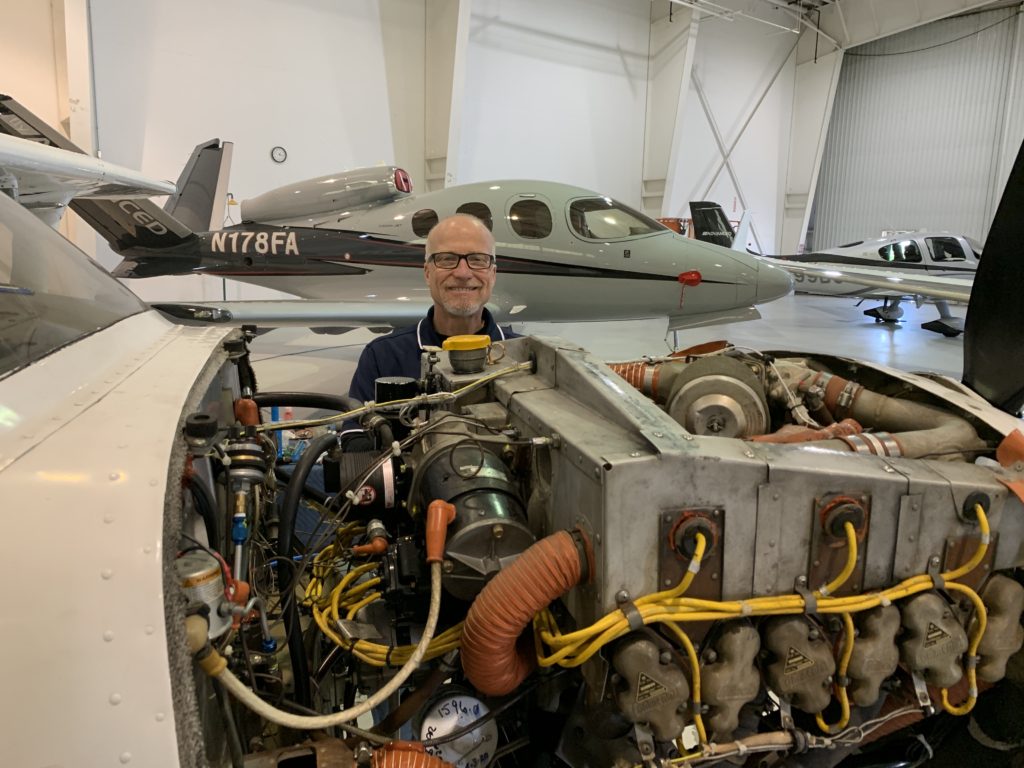
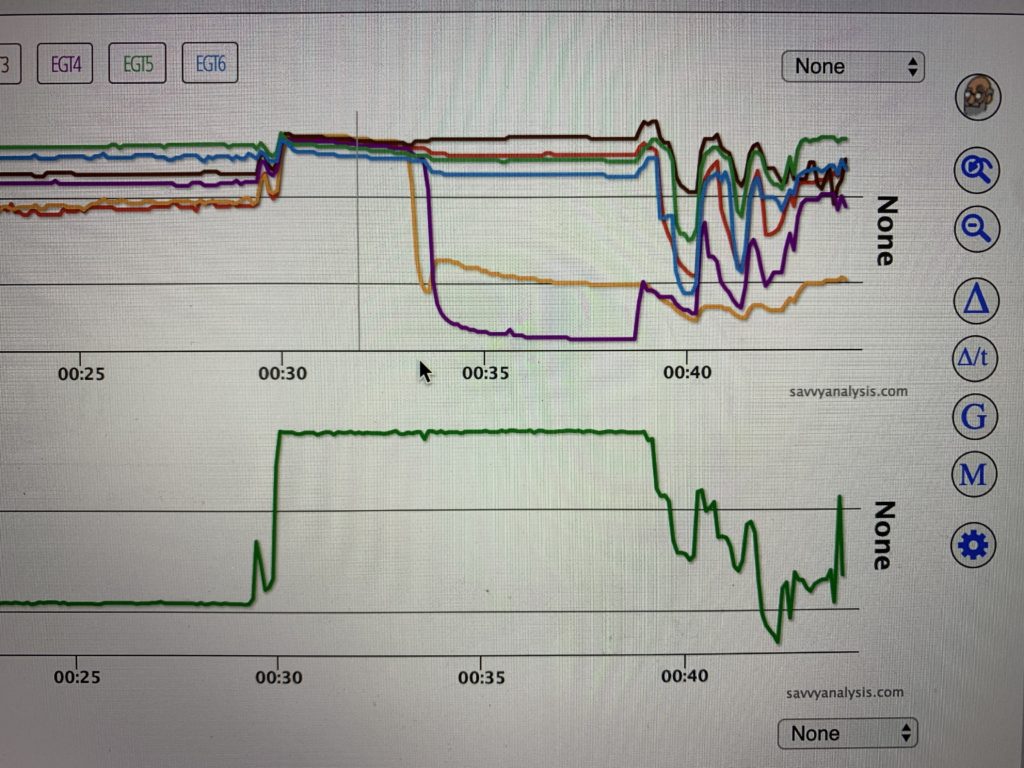




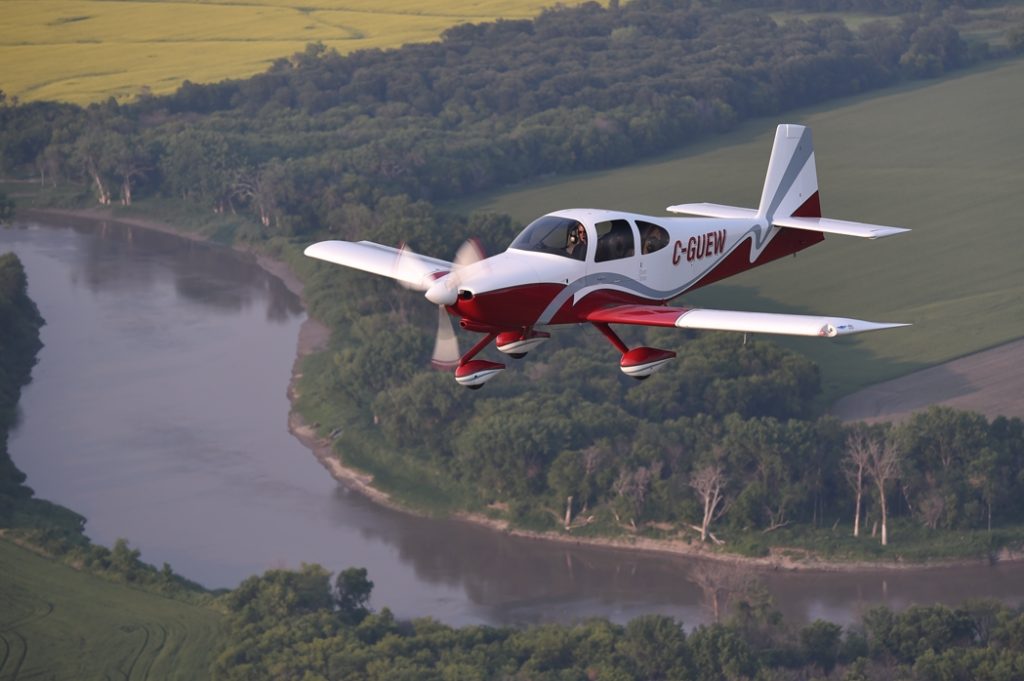




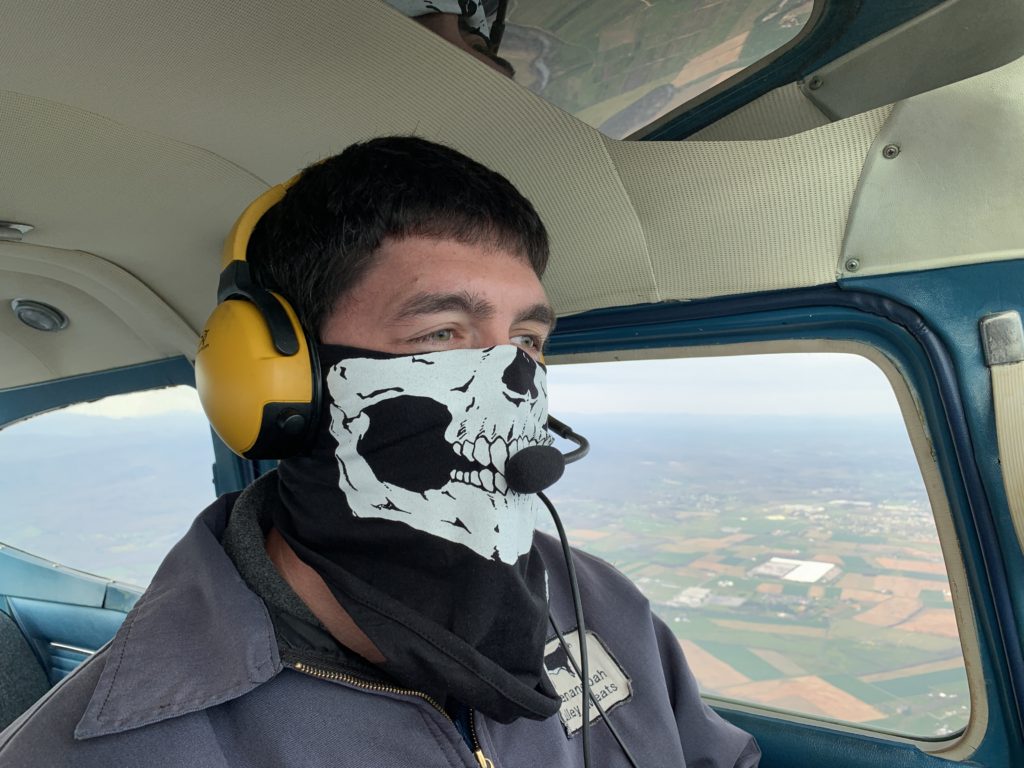
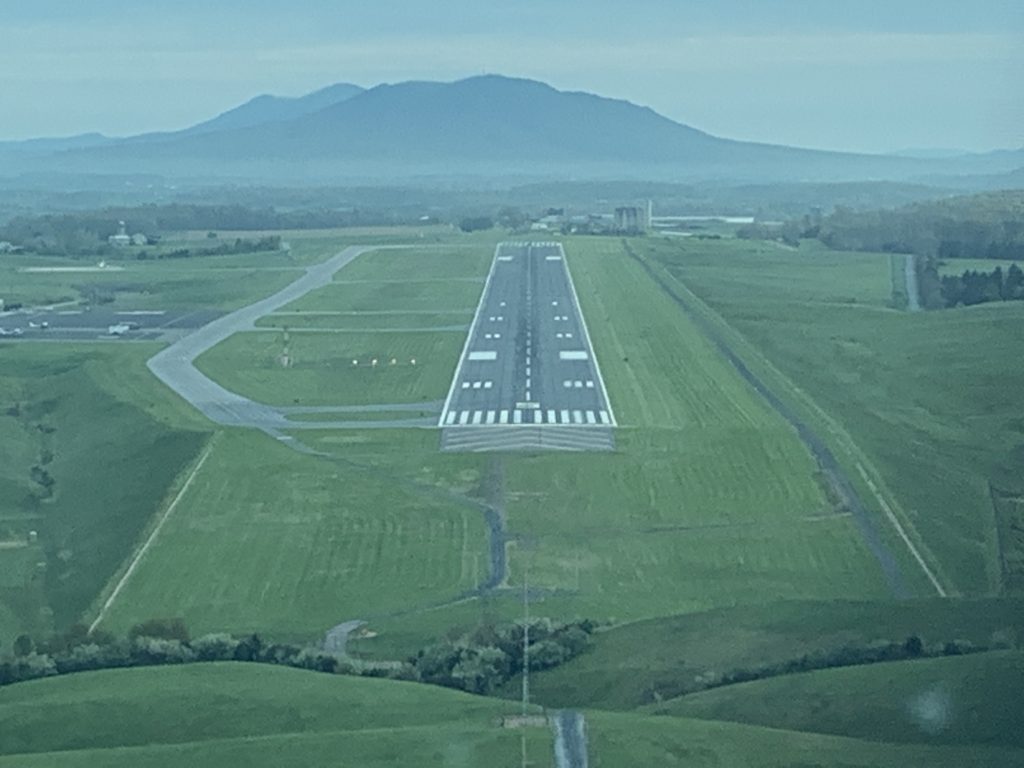




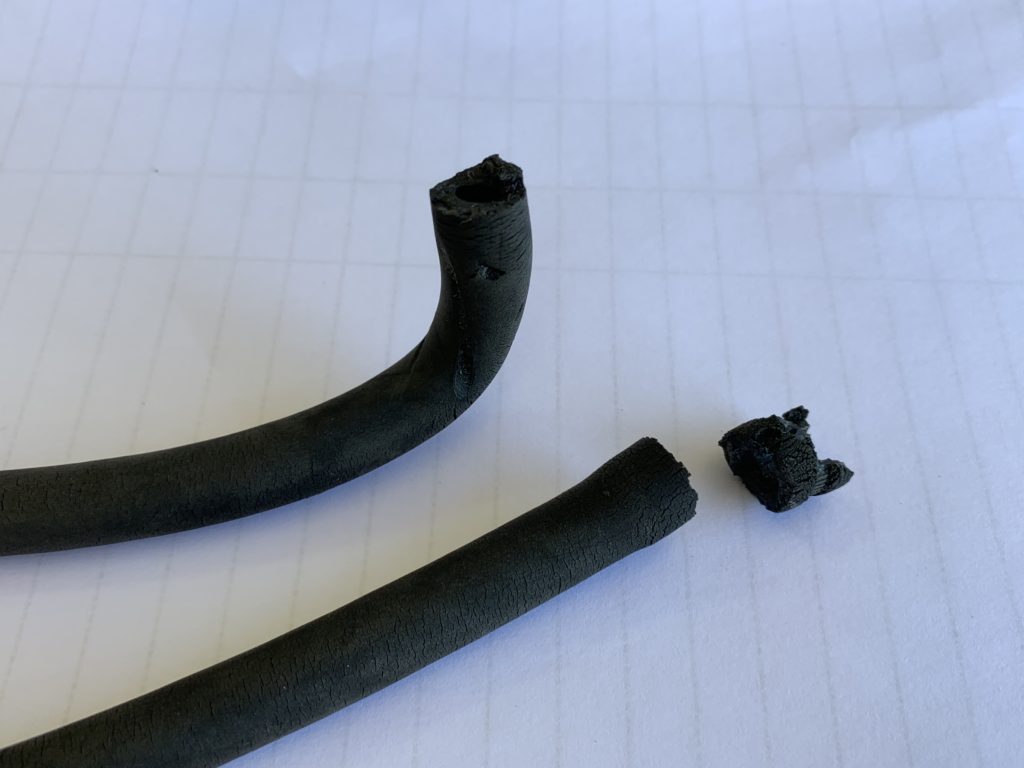
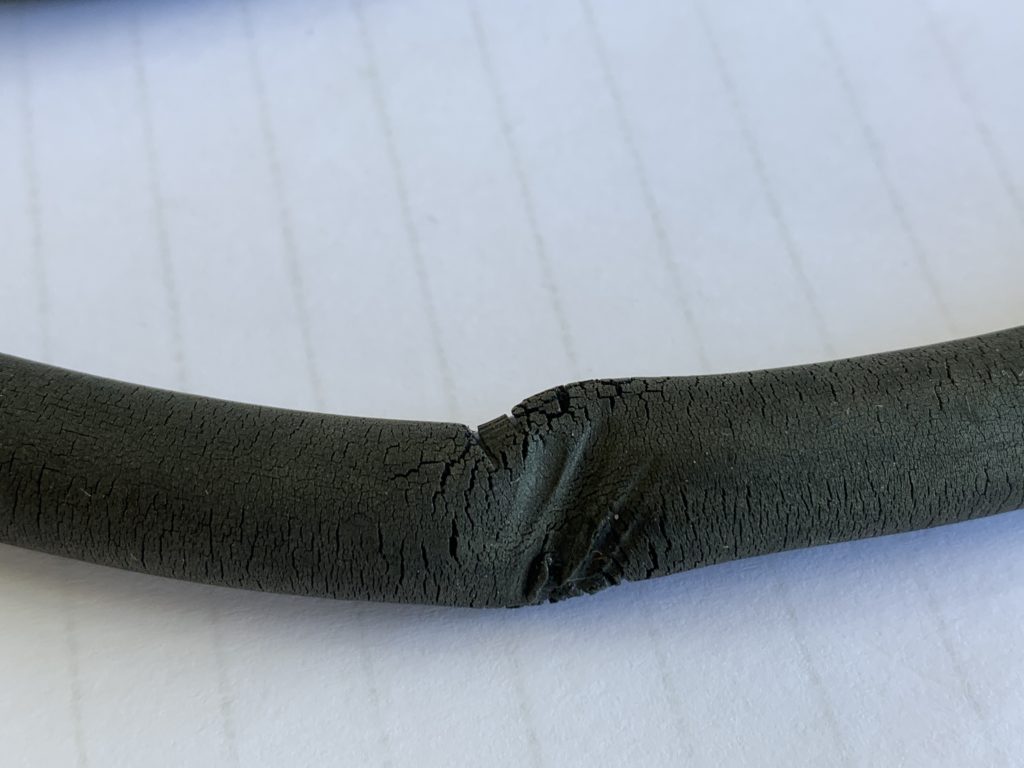
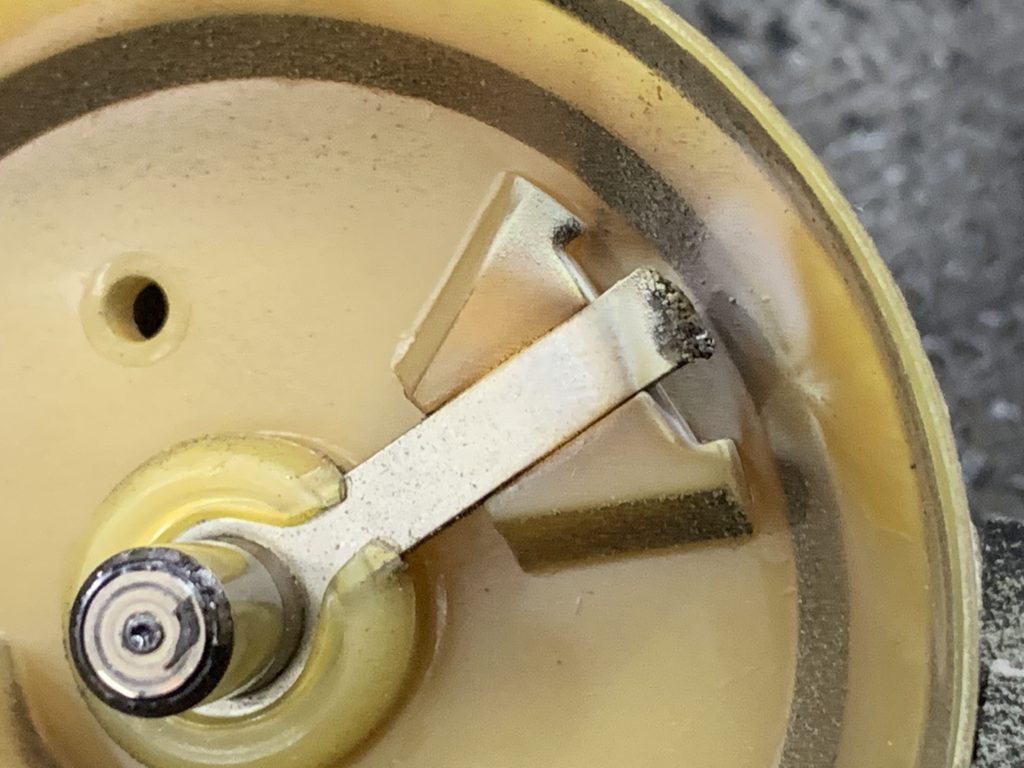
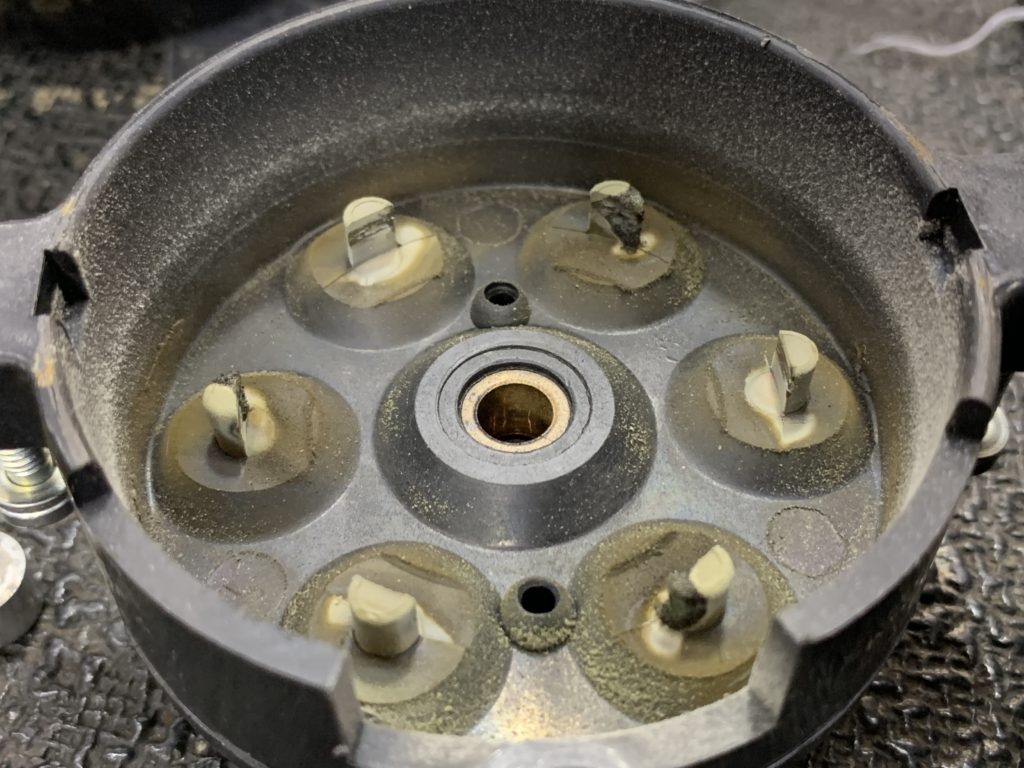
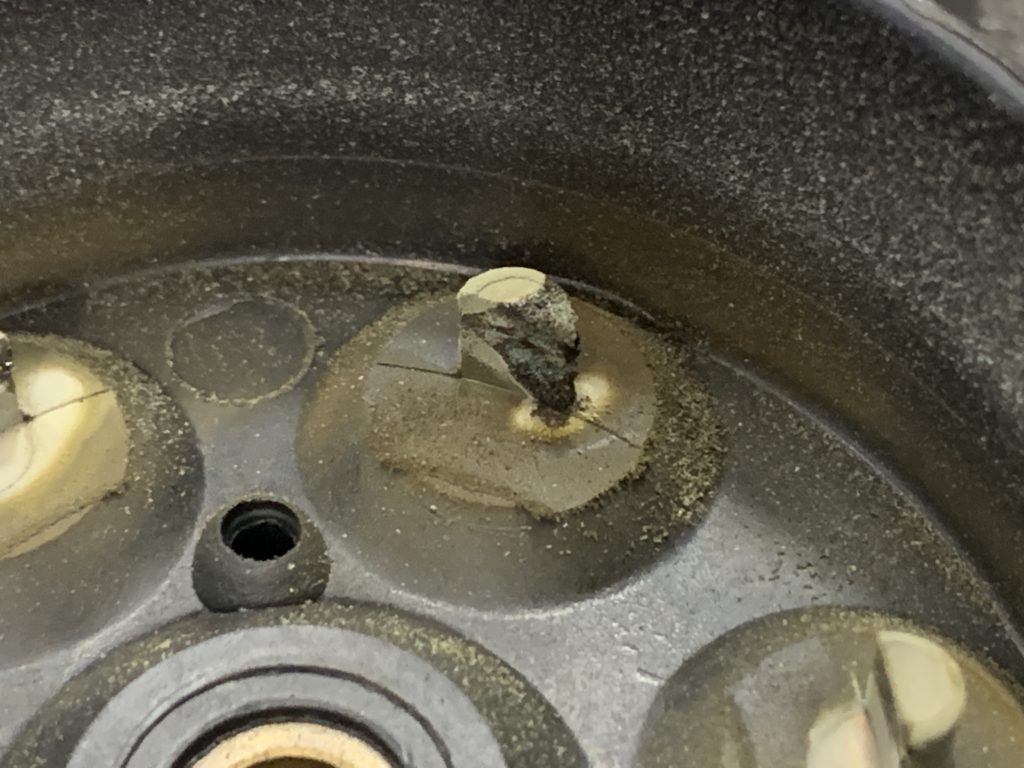




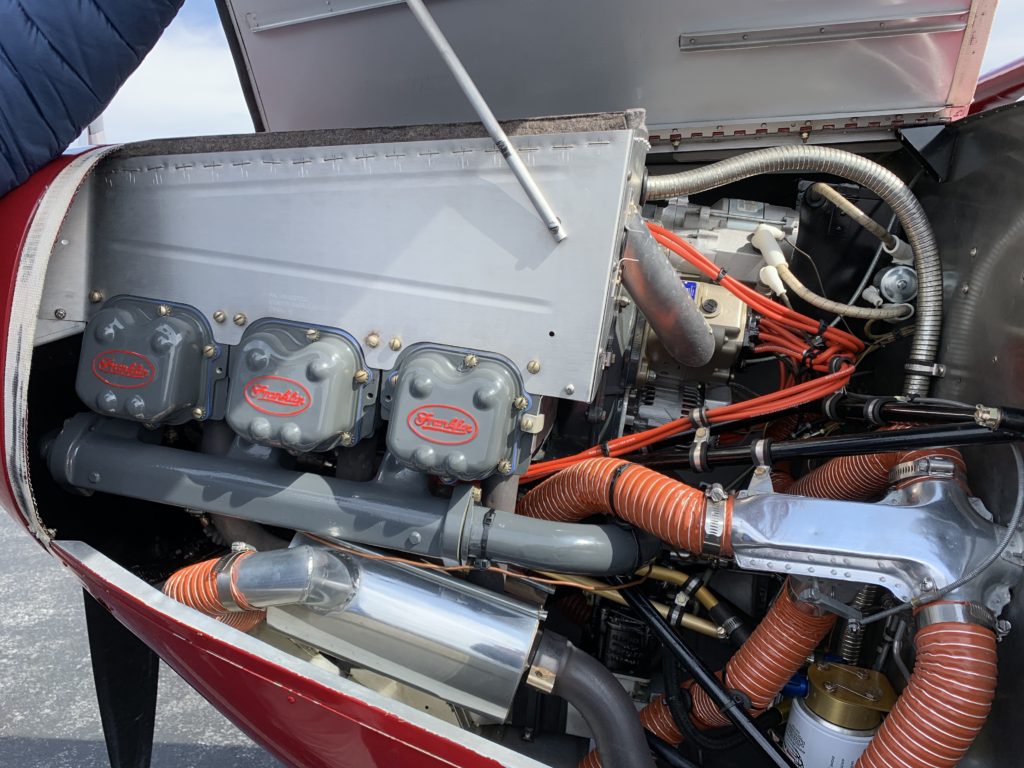

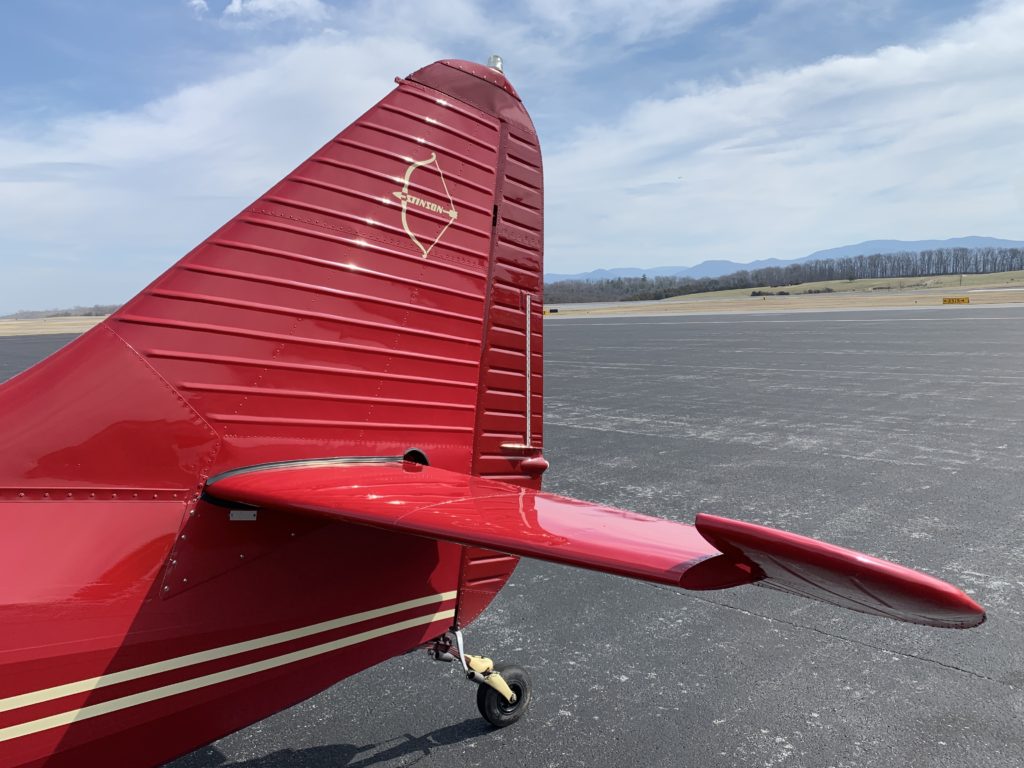
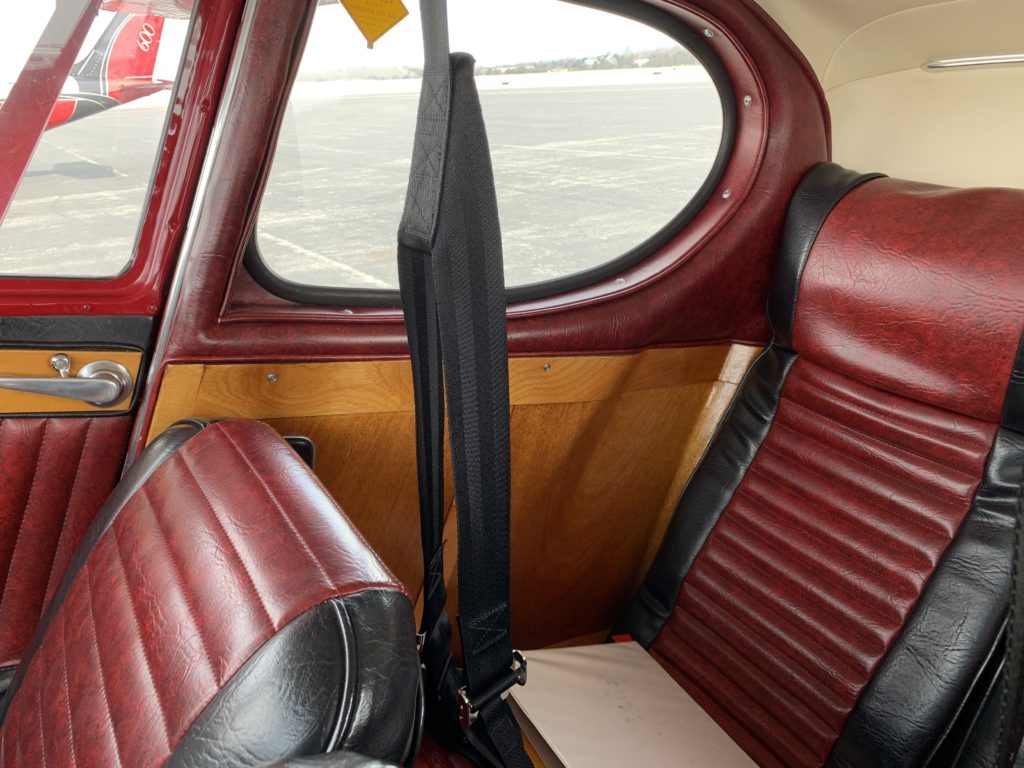

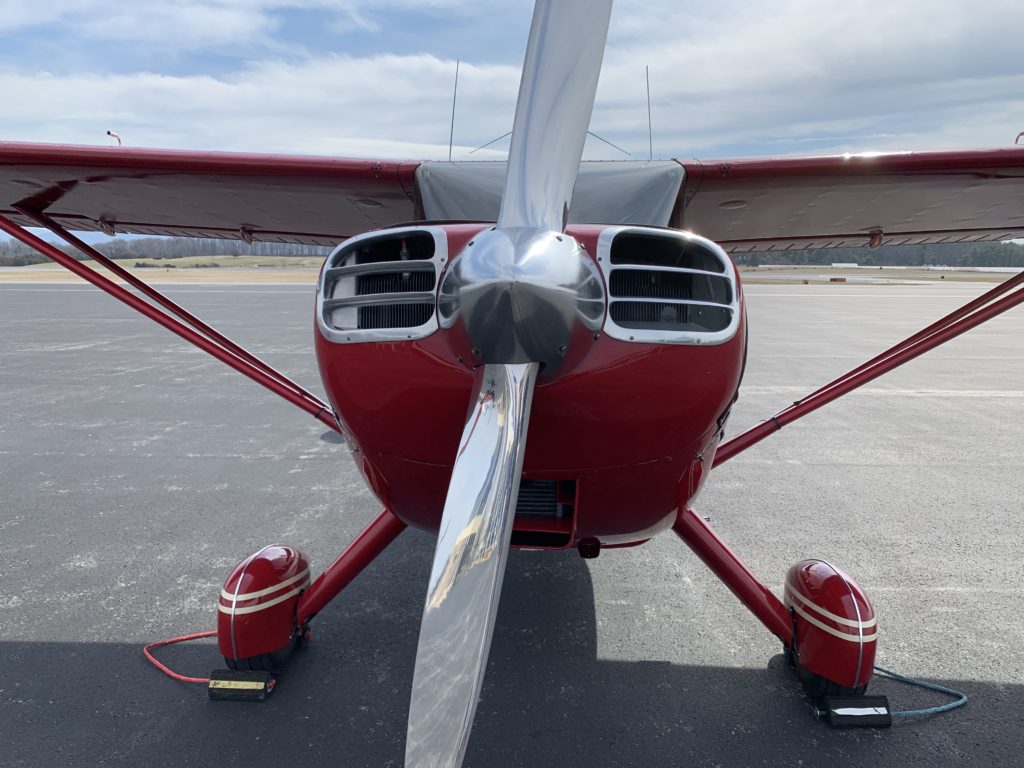
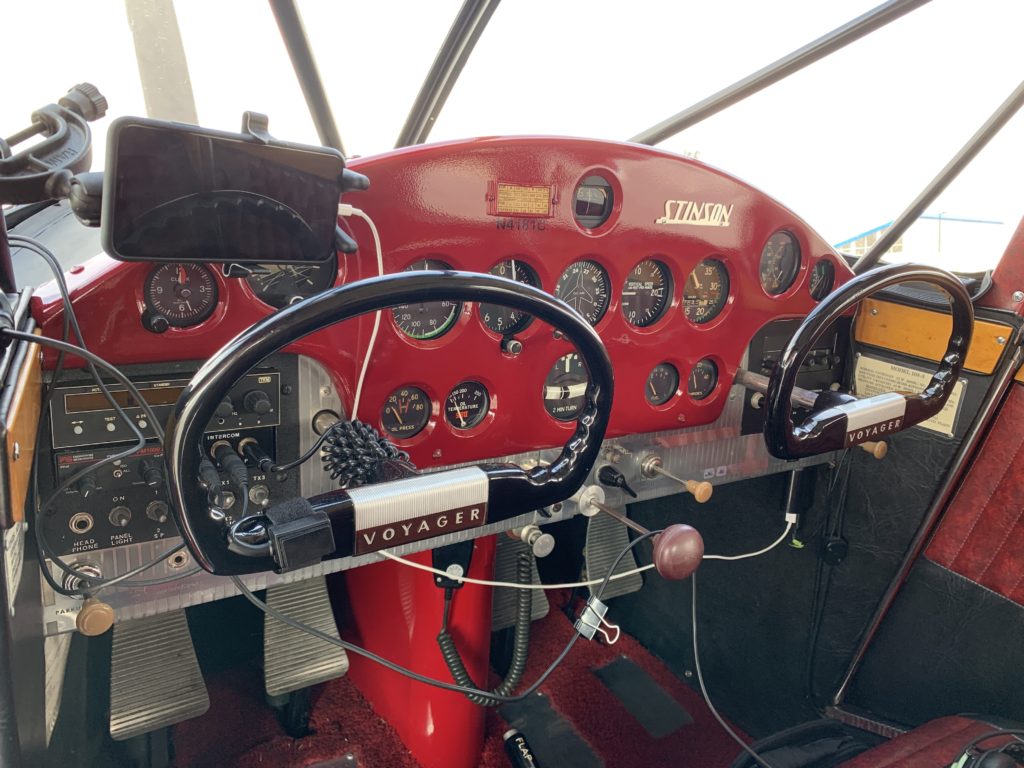

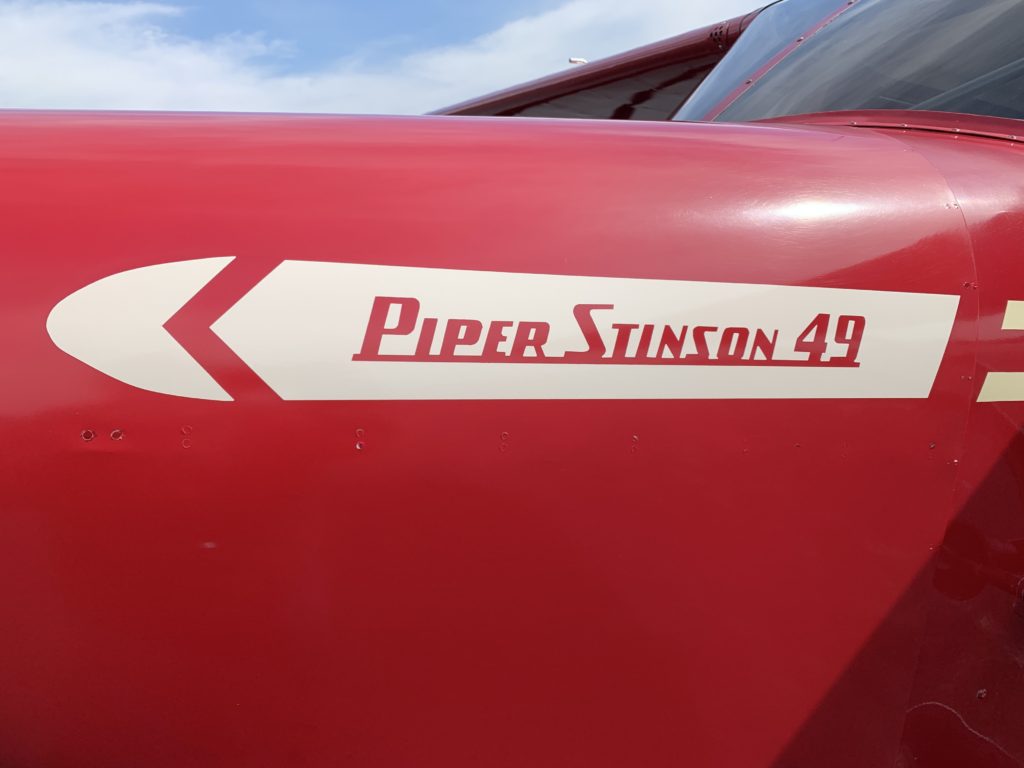


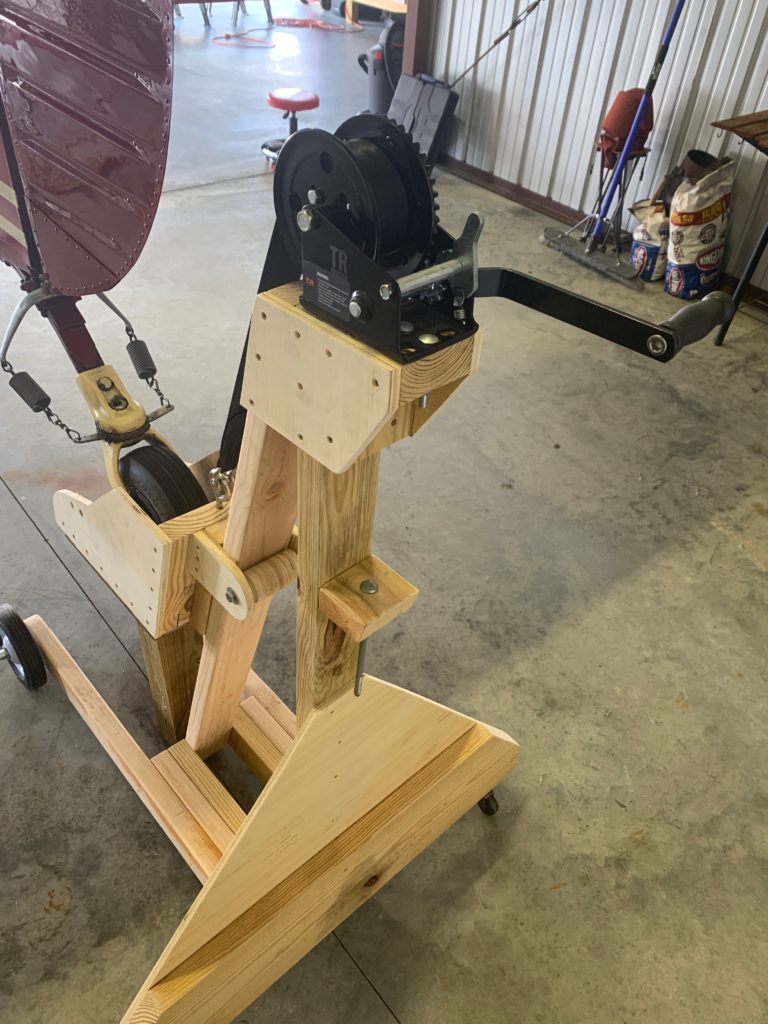
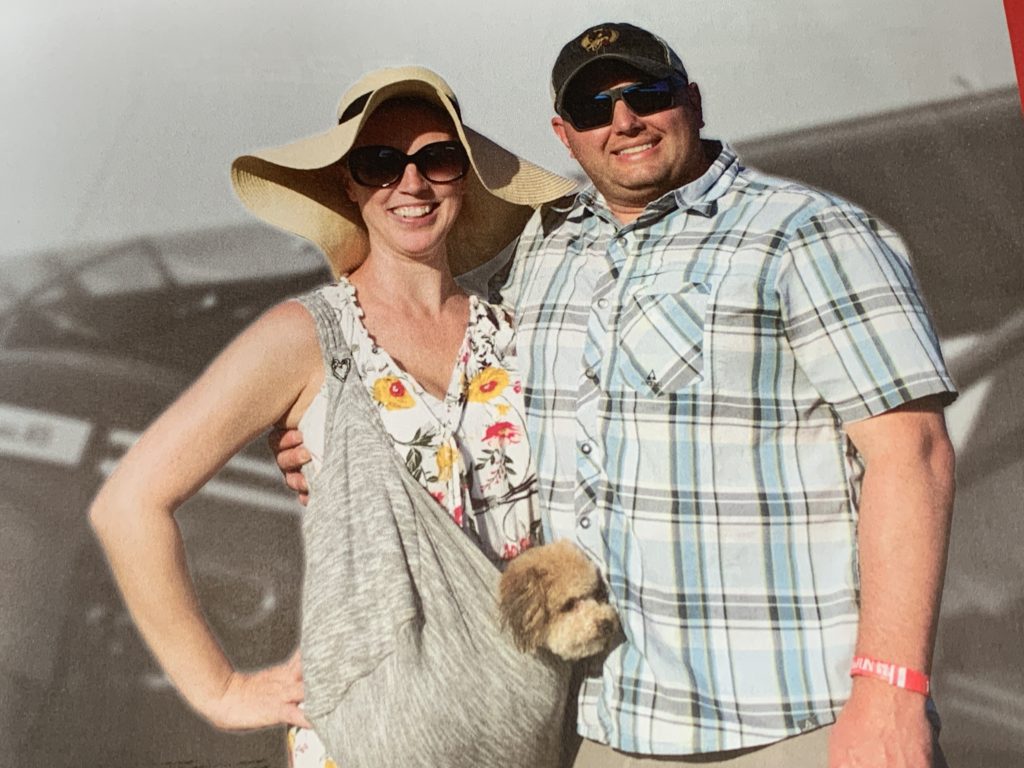
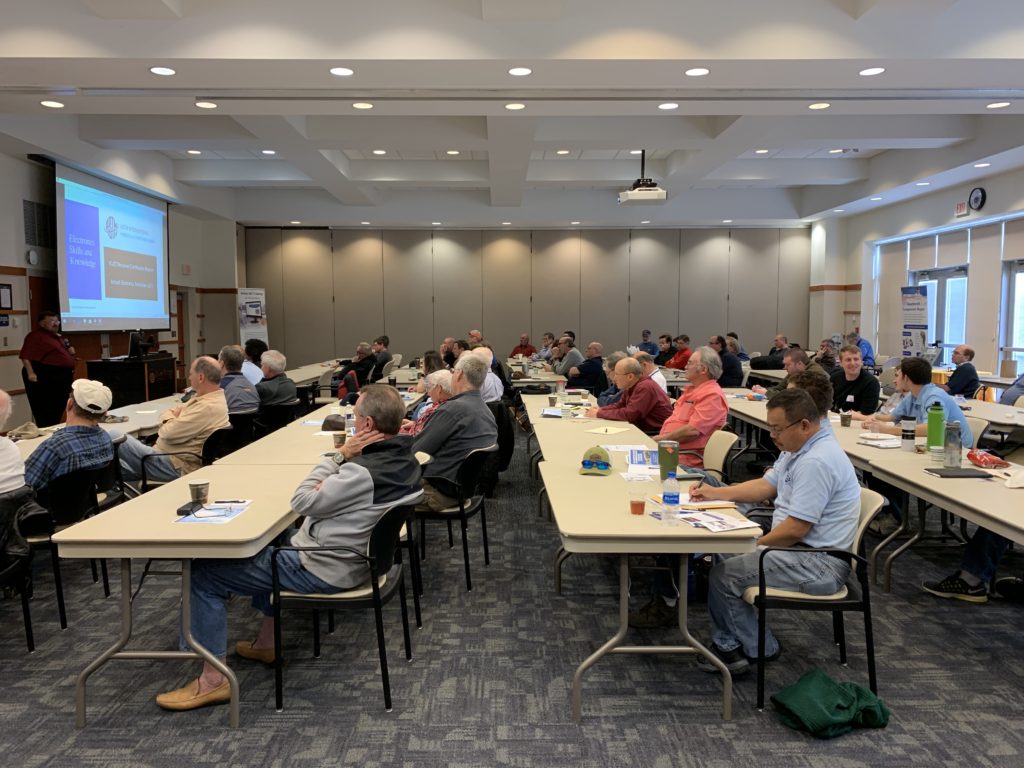










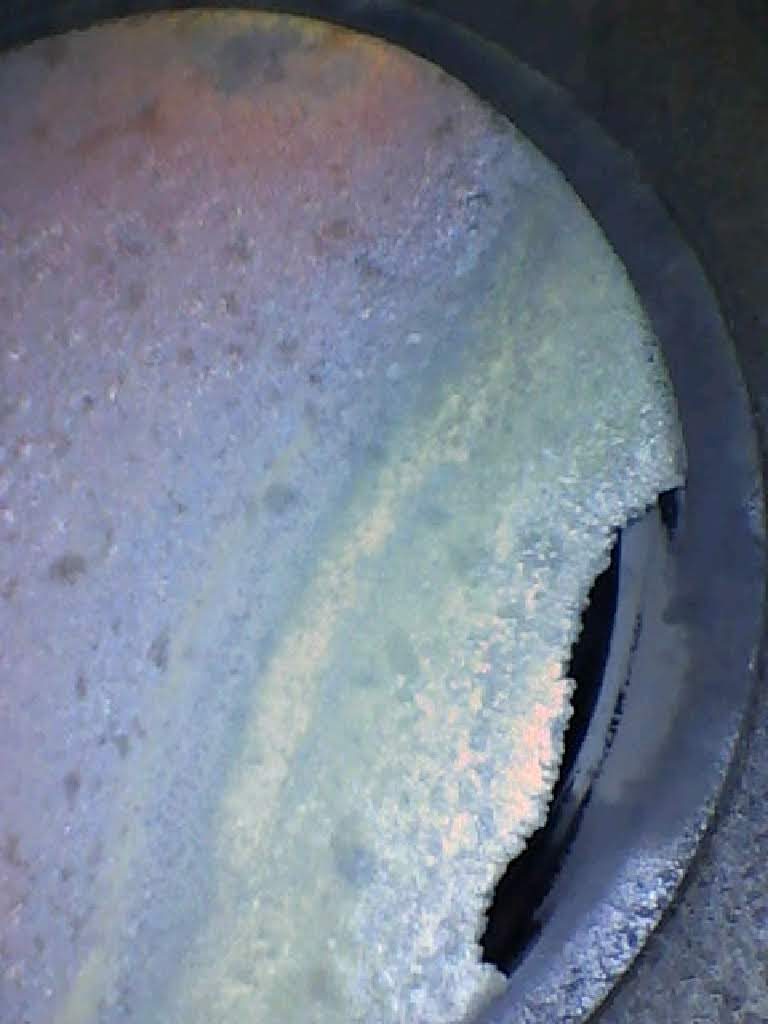
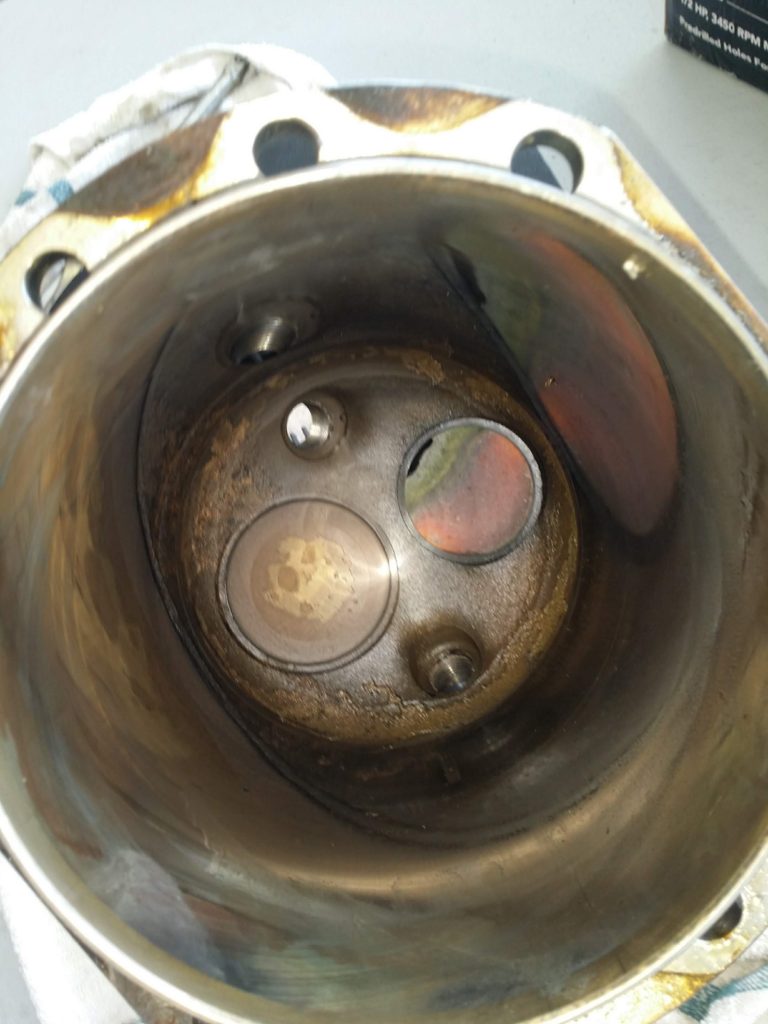
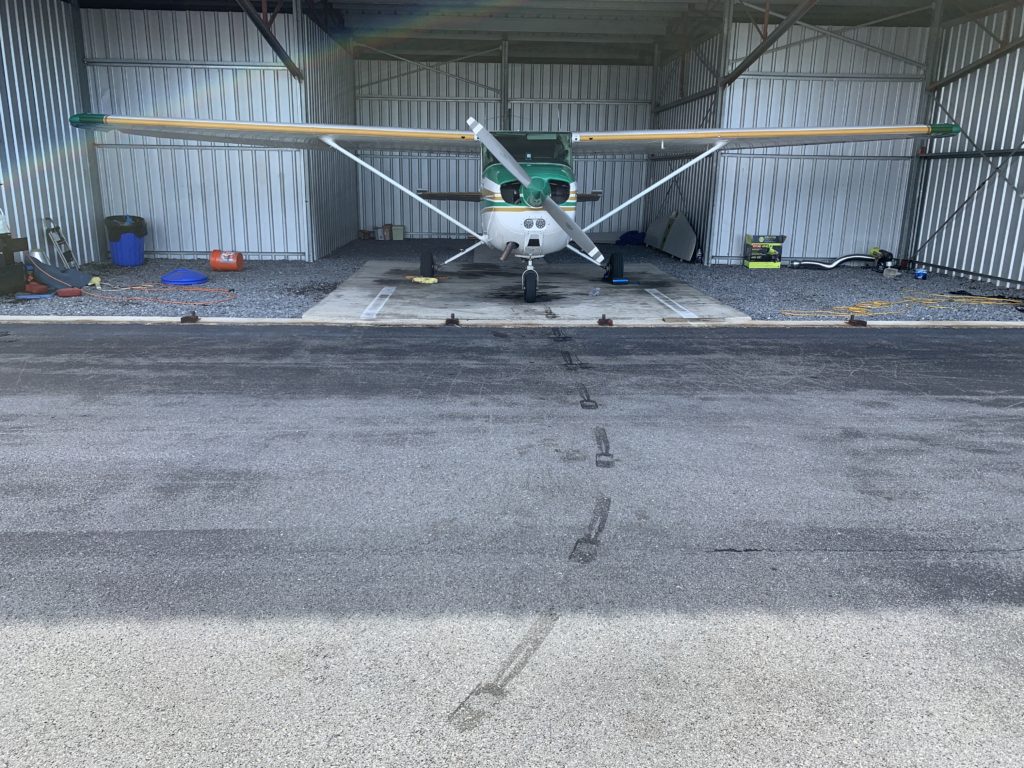

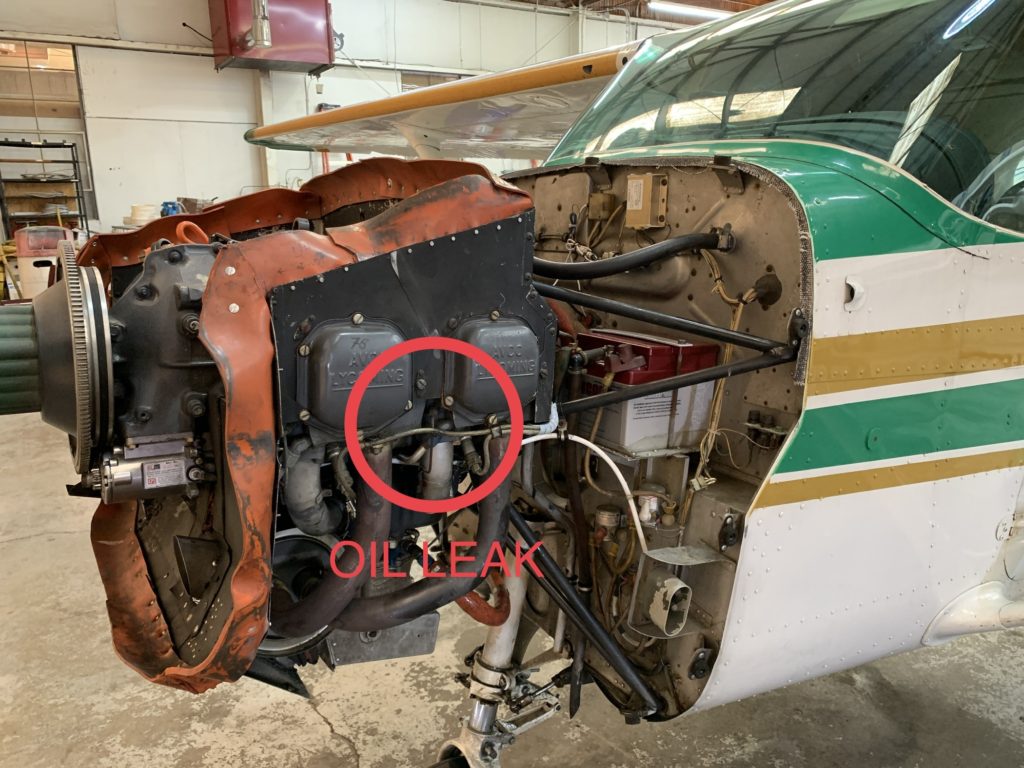


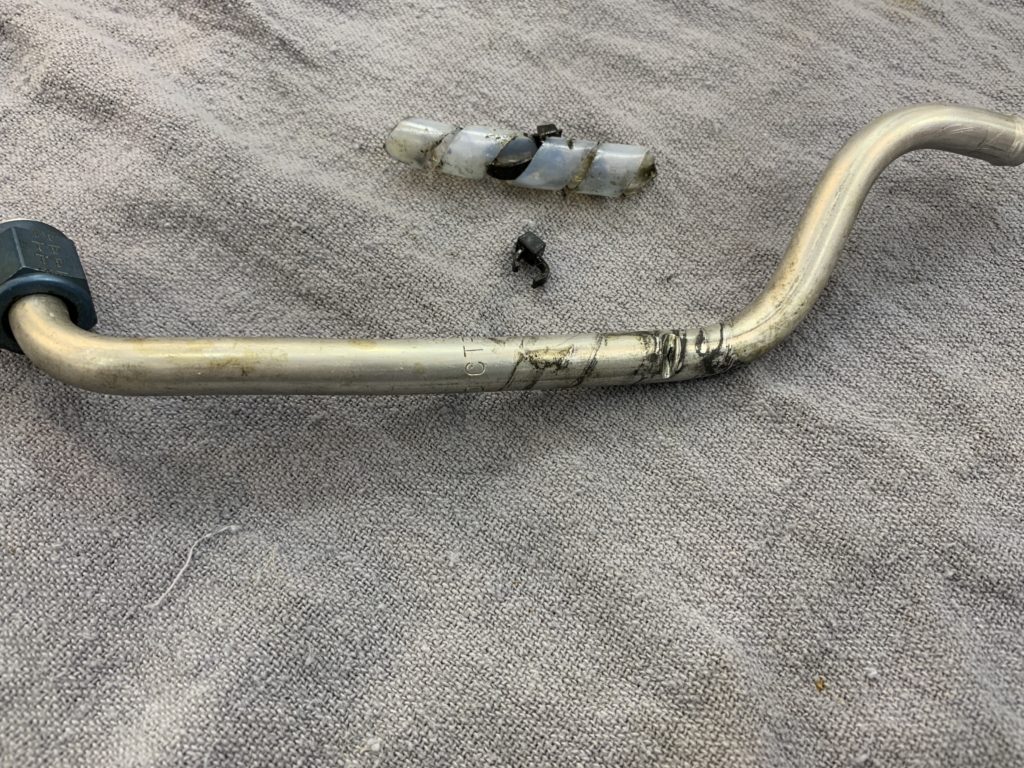
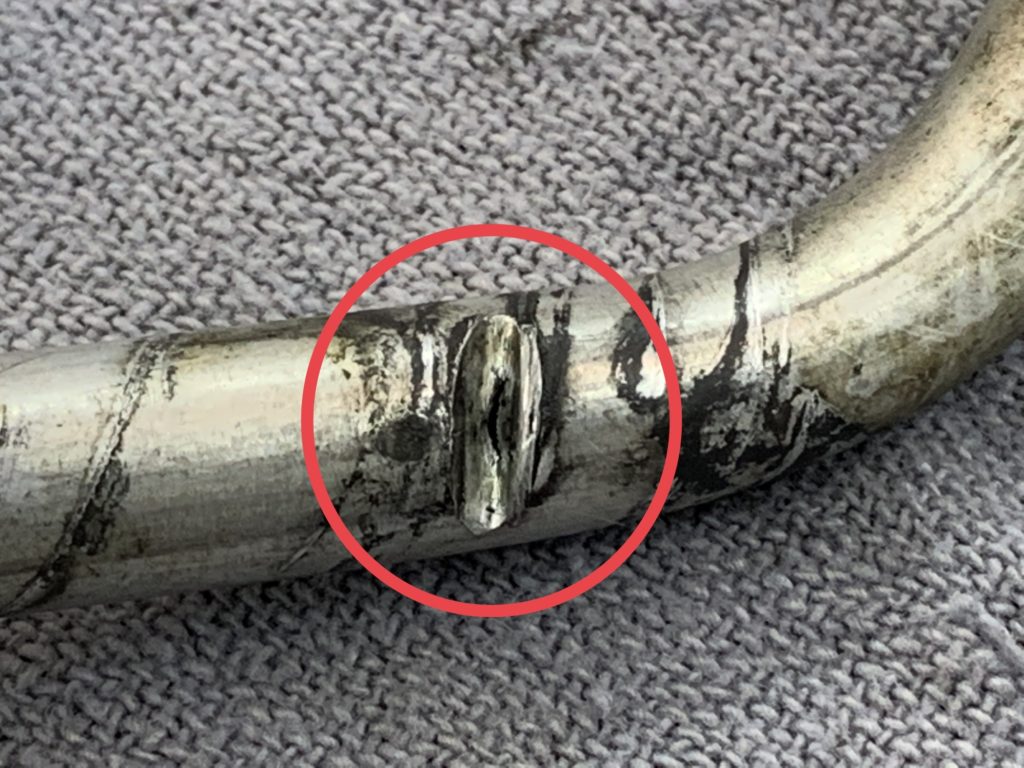
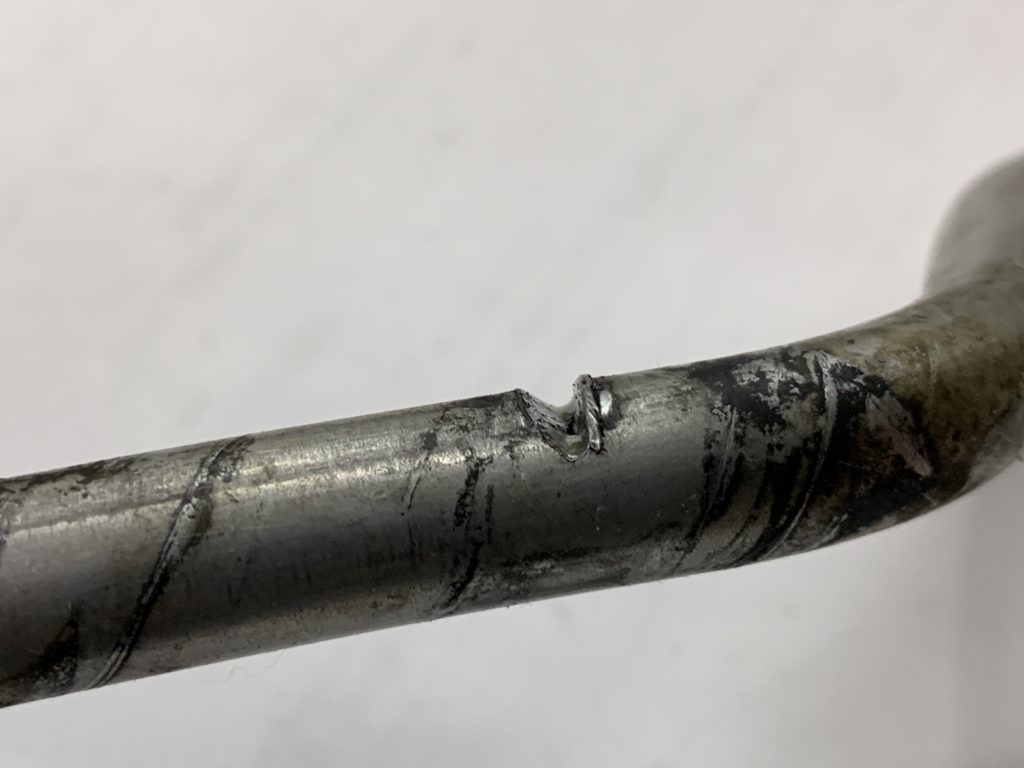
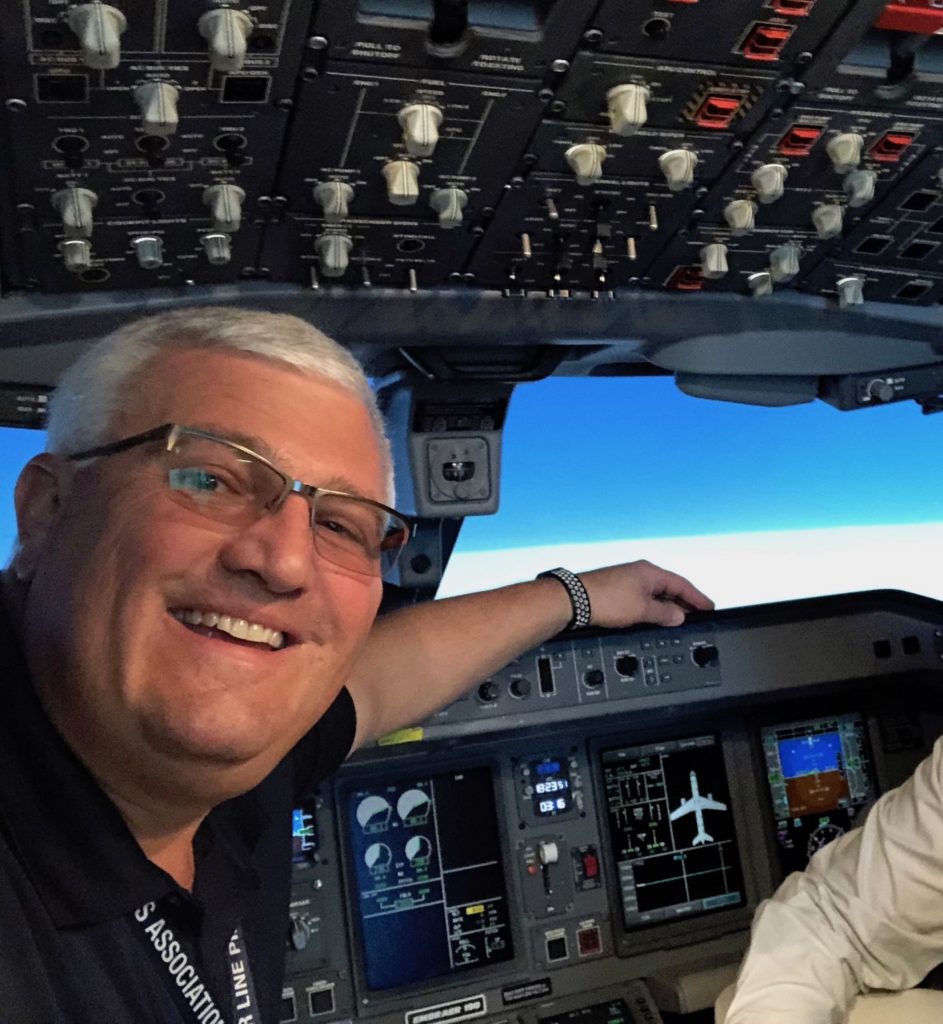
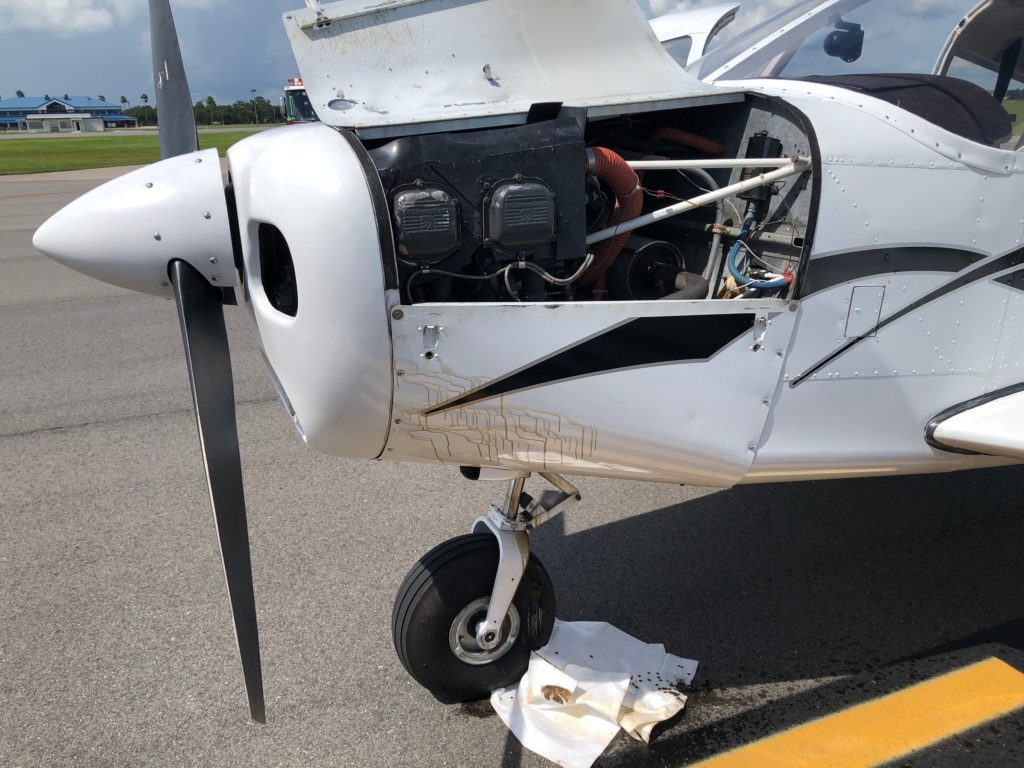
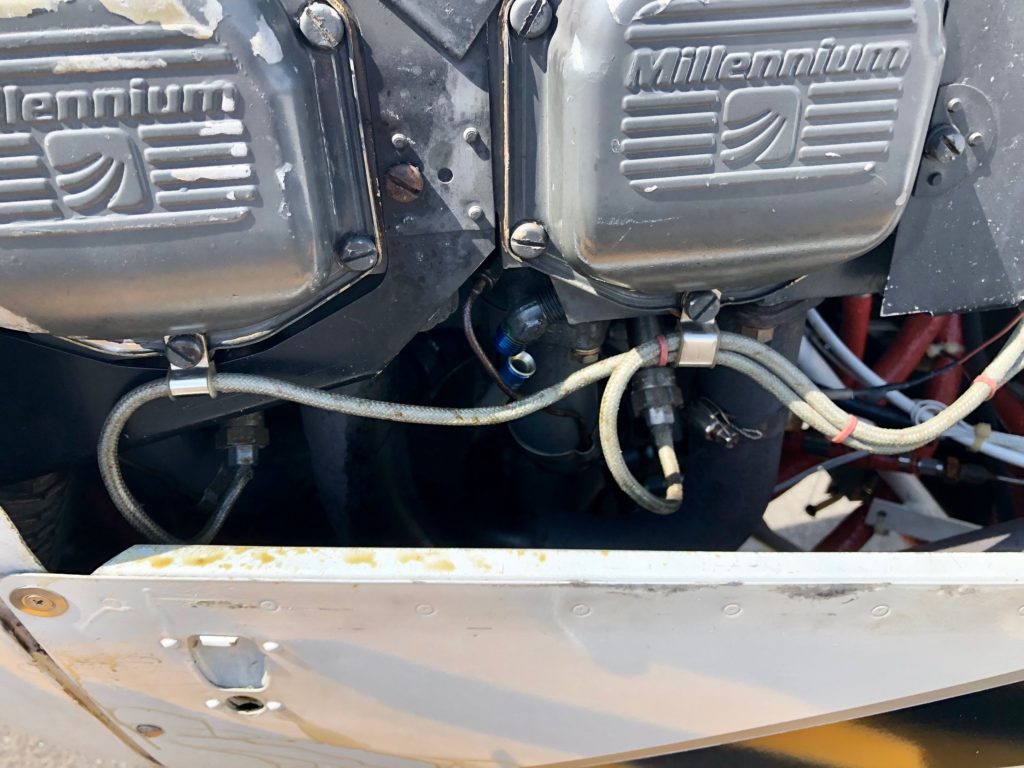
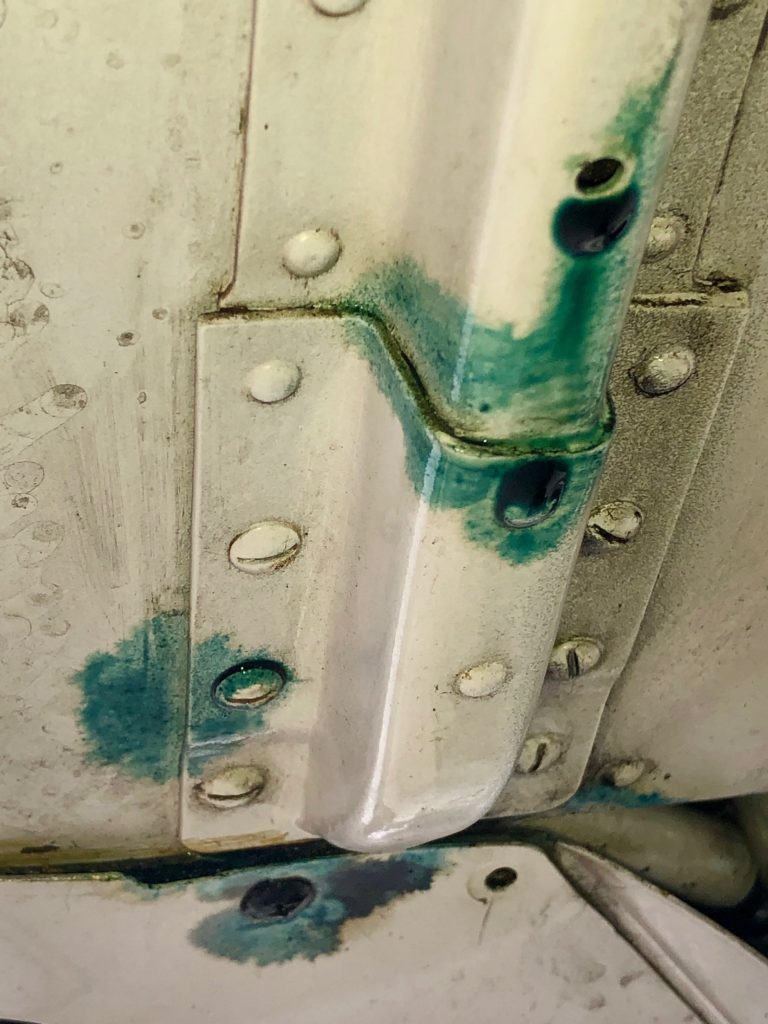
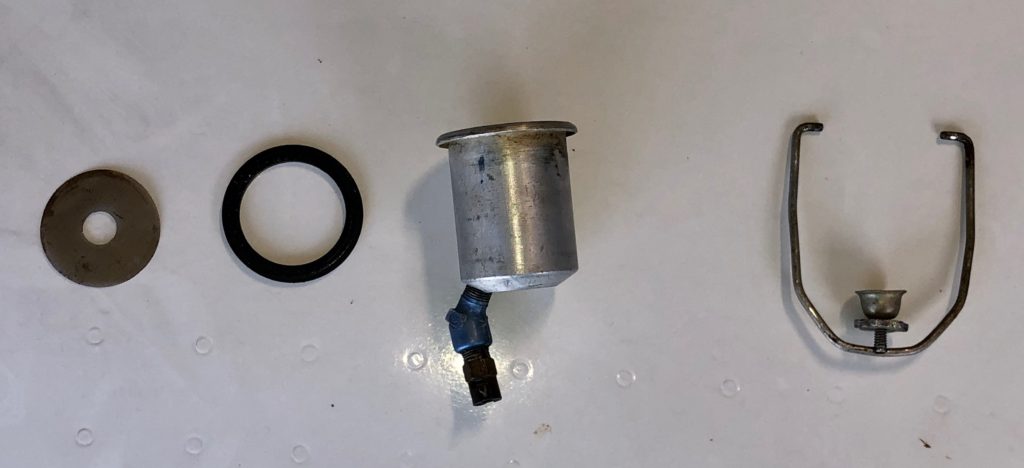
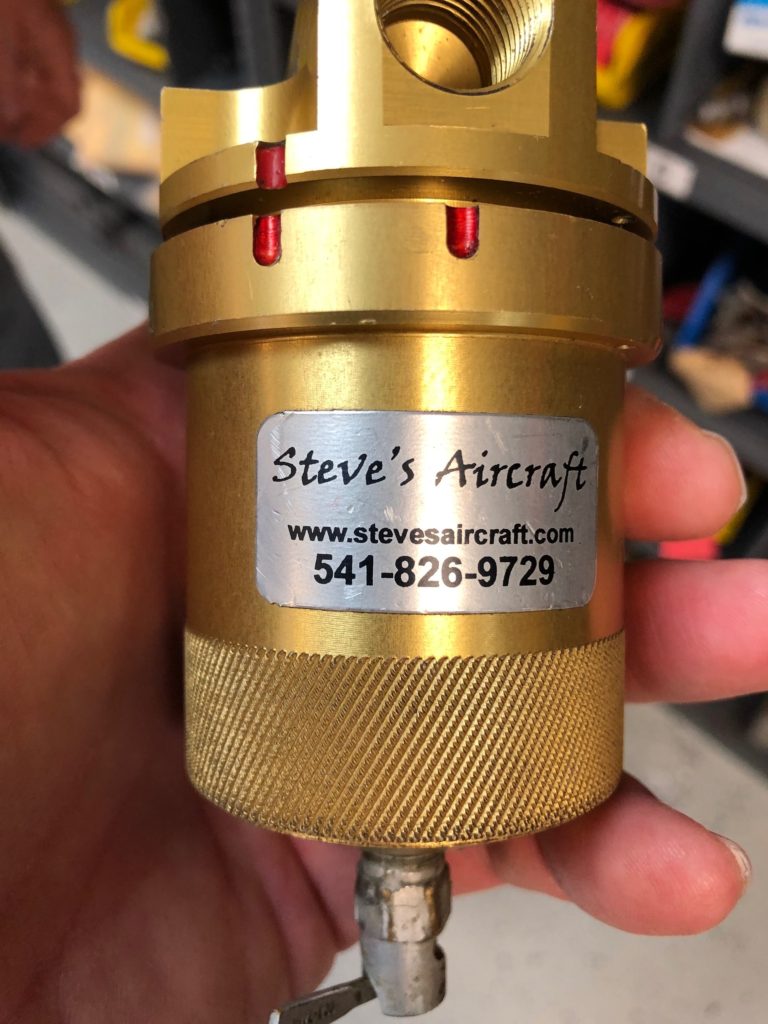

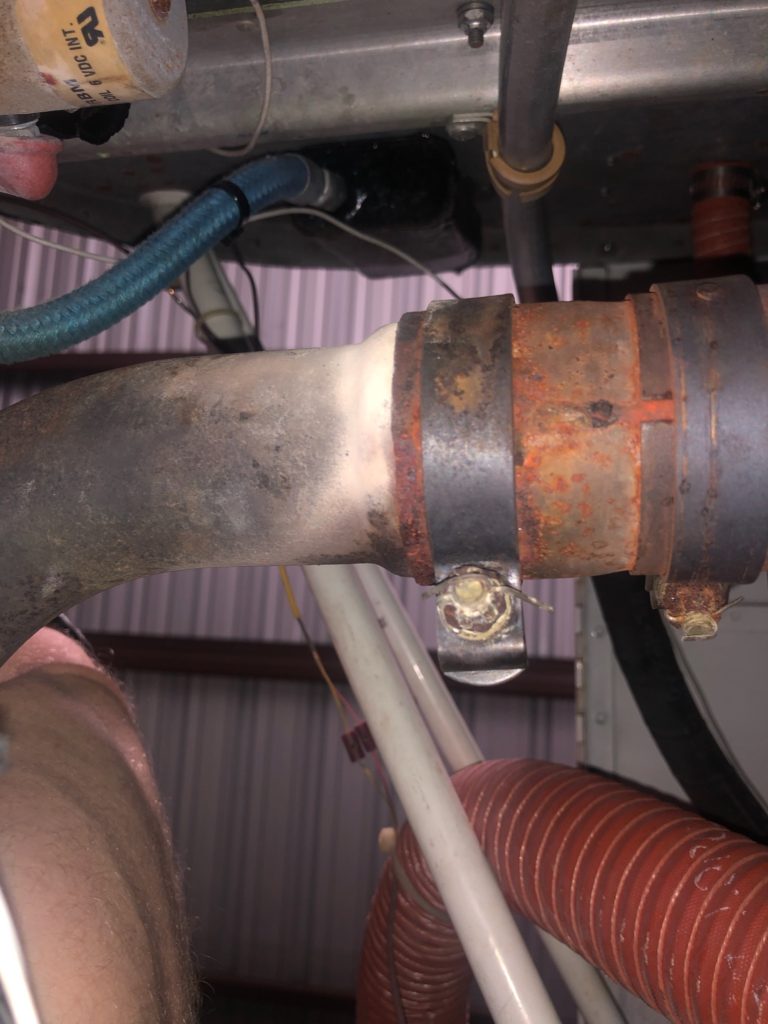
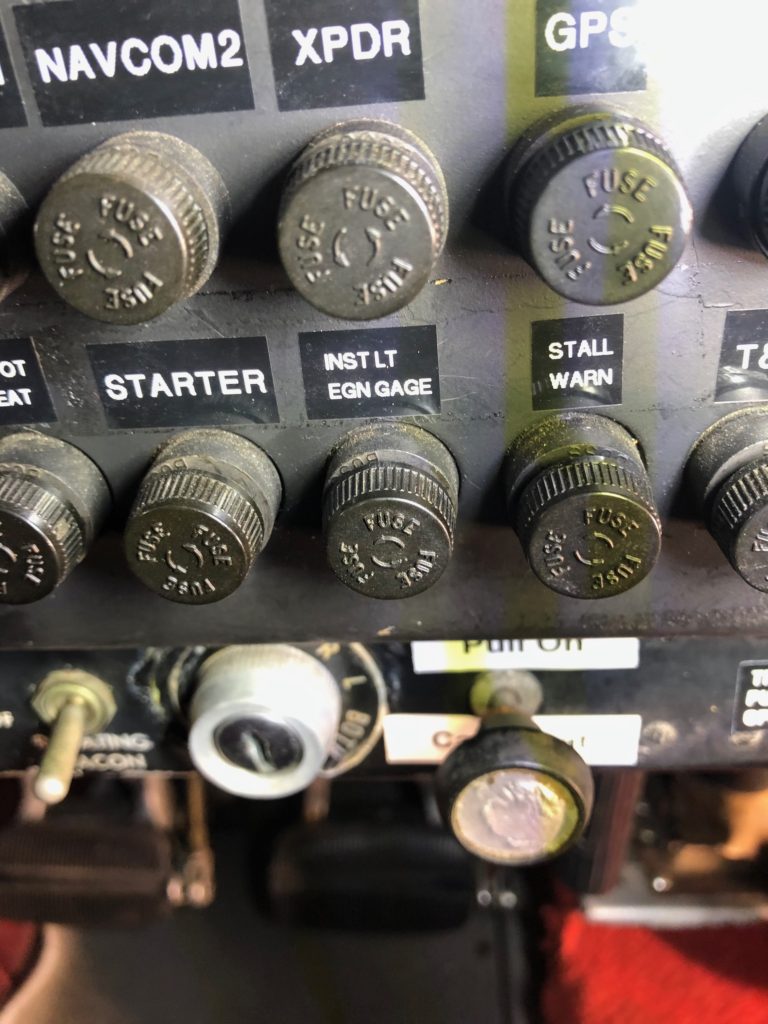

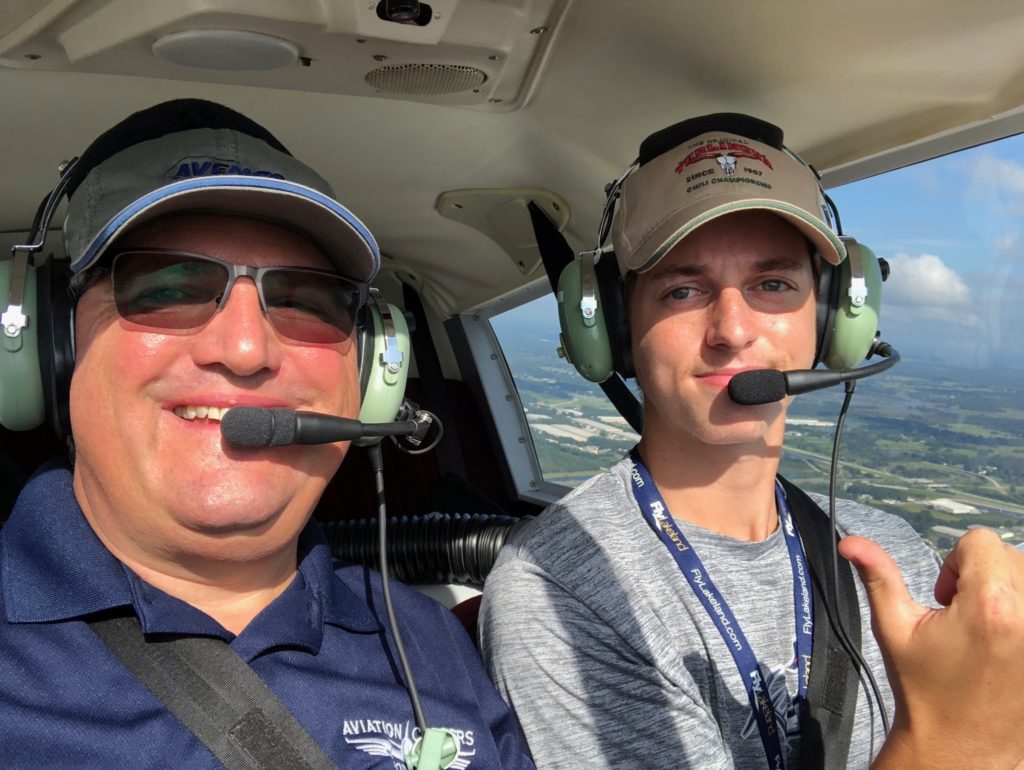
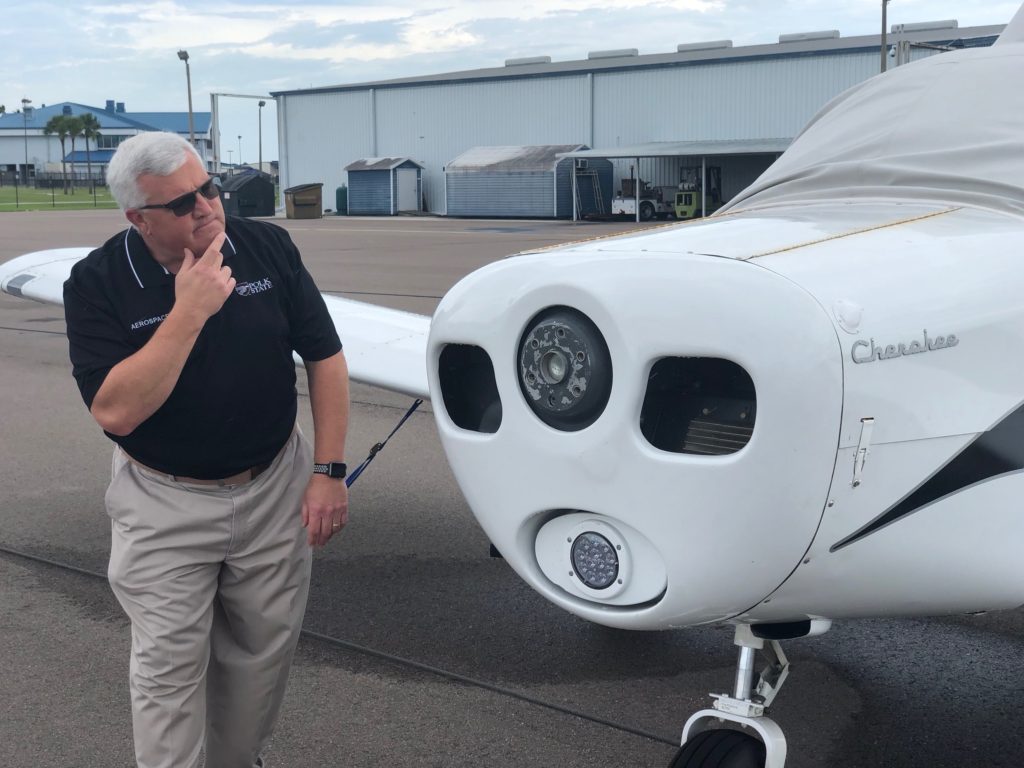
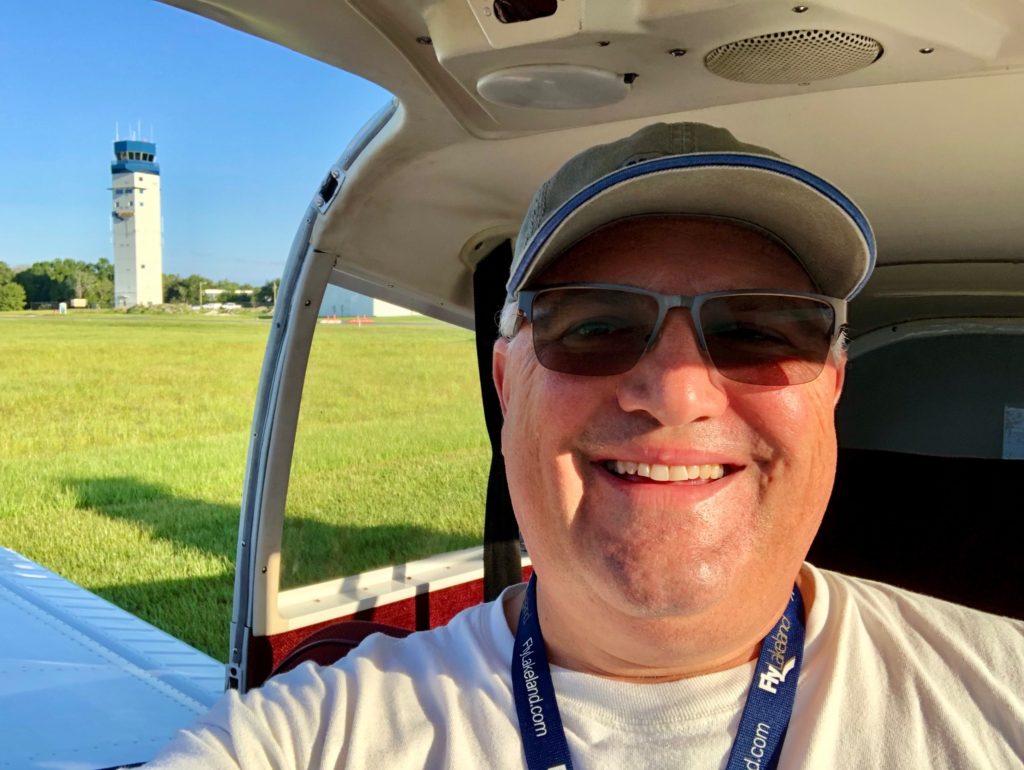


Recent Comments